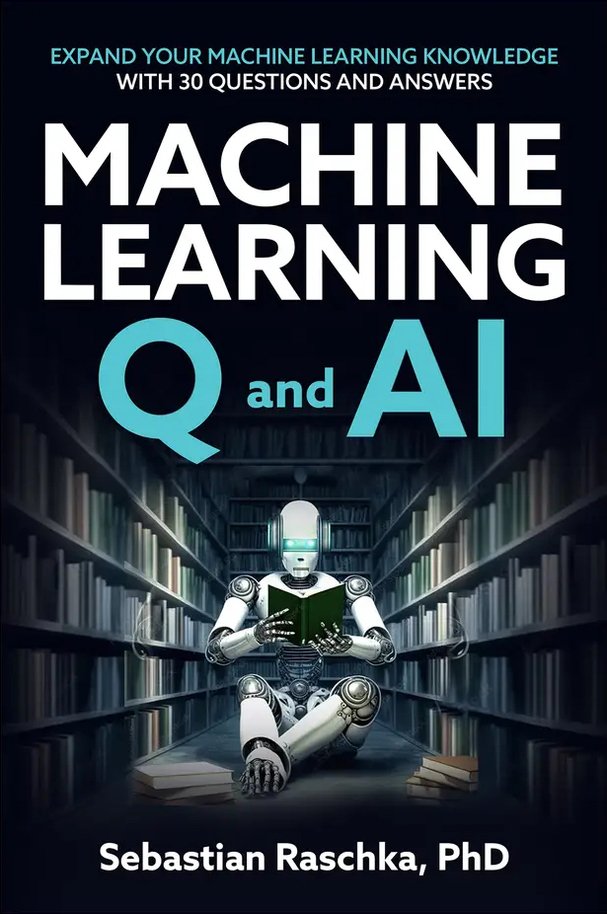.jpg)
Introduction to artificial life
Private Book Reader
Upload and read your personal PDF books in our secure reader
Read Your Private BookShort Audio Book Summary
Introduction to artificial life Summary
0:00 / 0:00Reviews
No review yet. Be the first to review this book!
Description
Artificial Life (often abbreviated as ALife) is a multidisciplinary field that explores the fundamental principles of life through the construction of synthetic living systems, computational models, and simulations. It seeks to understand the principles underlying living organisms by creating artificial systems that exhibit lifelike behaviors. Here's an introduction to key concepts in artificial life: 1. Definition of Life: Artificial life seeks to define what constitutes life and understand its essential properties. While there is no universally agreed-upon definition of life, artificial life researchers often focus on characteristics such as self-replication, evolution, adaptation, metabolism, and emergence. 2. Simulation and Modeling: Artificial life researchers create computer simulations and mathematical models to study the dynamics of living systems. These models can range from simple cellular automata and agent-based models to complex simulations of ecosystems and evolutionary processes. 3. Evolutionary Algorithms: Evolutionary algorithms, inspired by the principles of biological evolution, are commonly used in artificial life research. These algorithms simulate processes such as natural selection, mutation, recombination, and genetic drift to optimize solutions to problems or to evolve artificial organisms with specific traits. 4. Artificial Organisms and Agents: Artificial life researchers design and implement software agents, robots, and other artificial systems that exhibit lifelike behaviors. These artificial organisms can interact with their environment, reproduce, evolve, and adapt to changing conditions. 5. **Emergence and Self-Organization**: Artificial life studies the emergence of complex behaviors and structures from simple rules and interactions. Through self-organization, patterns, behaviors, and structures emerge spontaneously from the interactions of individual components, without the need for centralized control. 6. Synthetic Biology: Artificial life intersects with synthetic biology, a field that aims to engineer living organisms with novel functions and properties. Synthetic biologists design and construct artificial genetic circuits, metabolic pathways, and cellular systems to create living organisms with specific capabilities. 7. Applications: Artificial life research has applications in various fields, including robotics, artificial intelligence, bioinformatics, ecology, evolutionary biology, and medicine. It can inform the design of autonomous robots, the development of adaptive algorithms, the study of ecosystem dynamics, and the understanding of evolutionary processes. 8. Ethical and Philosophical Implications: Artificial life raises important ethical and philosophical questions about the nature of life, intelligence, consciousness, and the relationship between biological and artificial systems. Researchers explore the ethical implications of creating artificial life forms and the societal impact of advances in artificial life technologies. Overall, artificial life is a vibrant and interdisciplinary field that combines concepts from biology, computer science, physics, chemistry, and philosophy to deepen our understanding of life and to create artificial systems that exhibit lifelike properties. It offers unique insights into the fundamental principles of living systems and has the potential to revolutionize various fields of science and technology.






















.jpeg)
.jpg)

.jpeg)
















.jpeg)
.jpg)

.jpg)









.jpg)







.png)

.jpg)

.jpeg)















.jpg)


.jpg)

.jpeg)

.jpg)

































